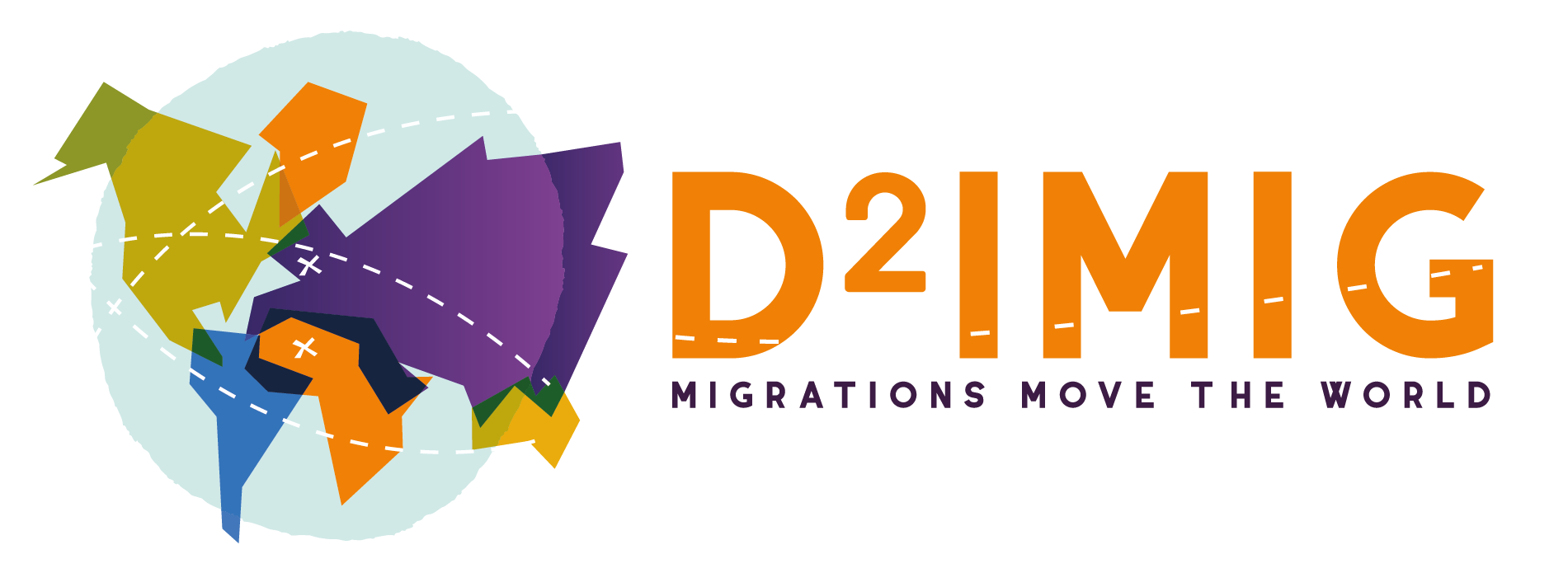DURATION
approx. 20 minutes
FORMAT
Interactive + text-based
The goals of this module
Understanding how hate speech can arise and find ways to counter them
Identify where preconceived ideas come from and analyse your own stereotypes
What is it about?
In this module, you will learn more about the differences between stereotypes, prejudice and discrimination and discerning between all three. Further, we provide you with more information on the concept of the Pyramid of Hate, a visual presentation of bias, hate and oppression in our society.

Definition
Oversimplified and generalized beliefs about a group of people.
Example
“All teenagers are rebellious.”
Key point – Summary
It’s a thought or belief — not necessarily positive or negative.
Think you know how to identify stereotypes, prejudice and discrimination? Take the scenario quiz below to explore more!
The Pyramid of Hate
The Pyramid of Hate demonstrates how bias, hatred, and oppression are widespread in society. It is structured in increasing levels of attitudes and behaviors, growing more complex from the base to the top. Similar to a pyramid, the higher levels rely on the support of the lower levels; however, unlike a typical pyramid, these levels are not sequentially built nor meant to show a hierarchy. Each level of bias reflects an oppressive system that harms individuals, institutions, and society as a whole. When left unchecked, bias can become normalized, fostering a cycle where discrimination, violence, and injustice are accepted. Although not every biased thought or action leads directly to genocide, genocide occurs within a system where the lower-level attitudes and behaviors in the pyramid are tolerated. By confronting and challenging biased beliefs and actions in ourselves, others, and institutions, we can disrupt this progression and reduce the spread of discrimination and hatred.
Module 7: How to welcome

